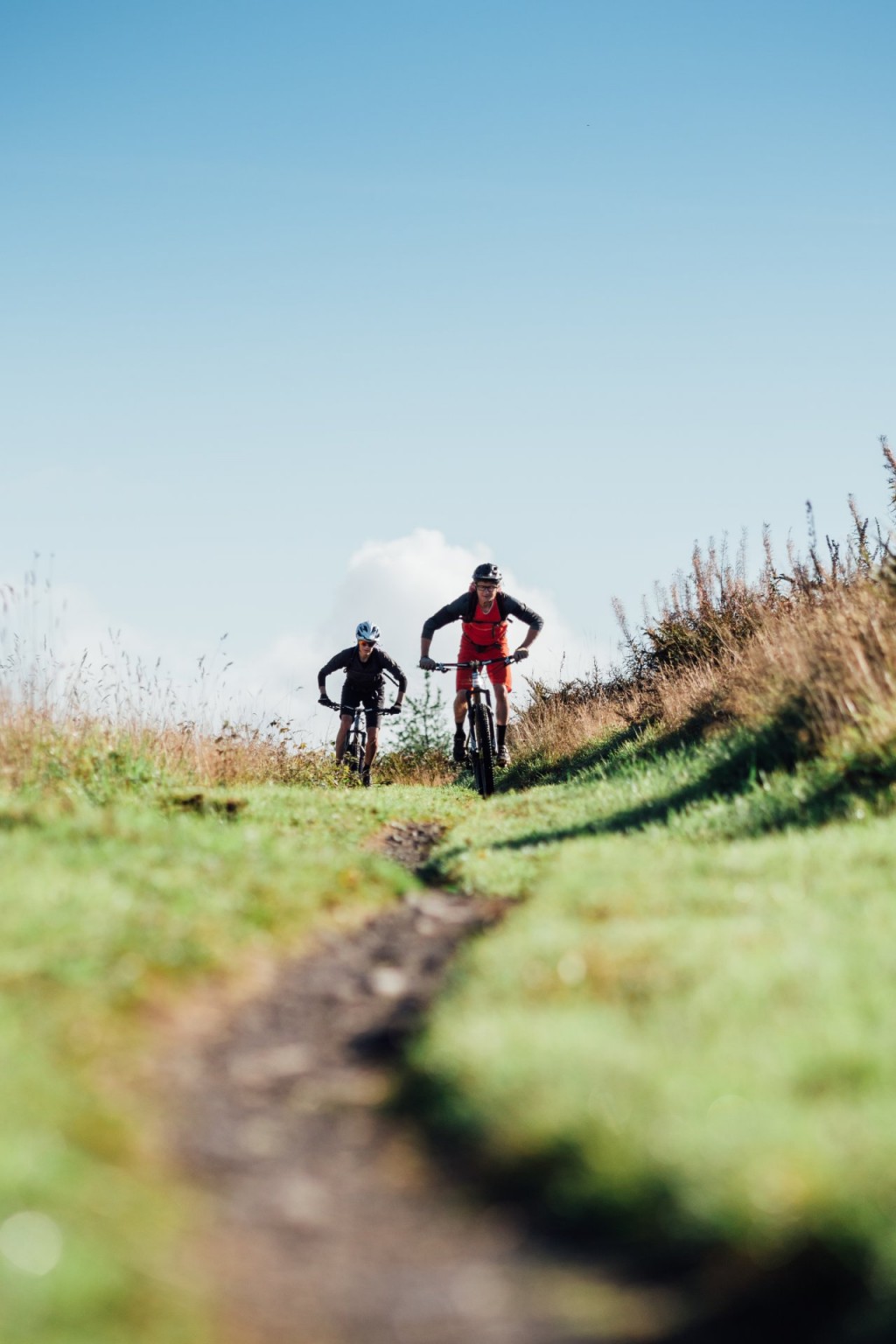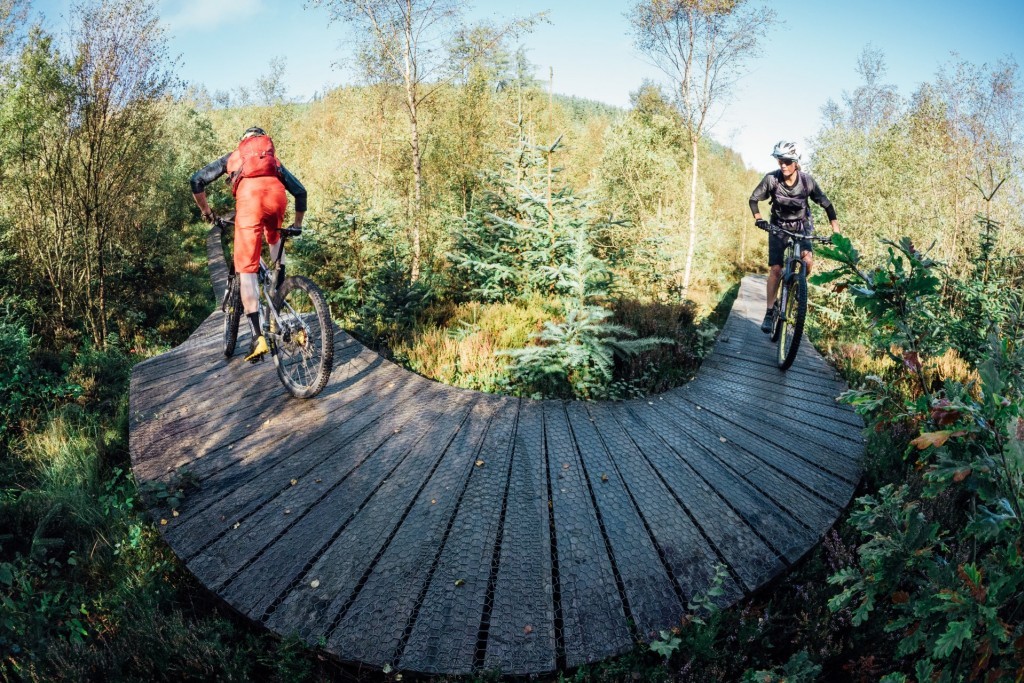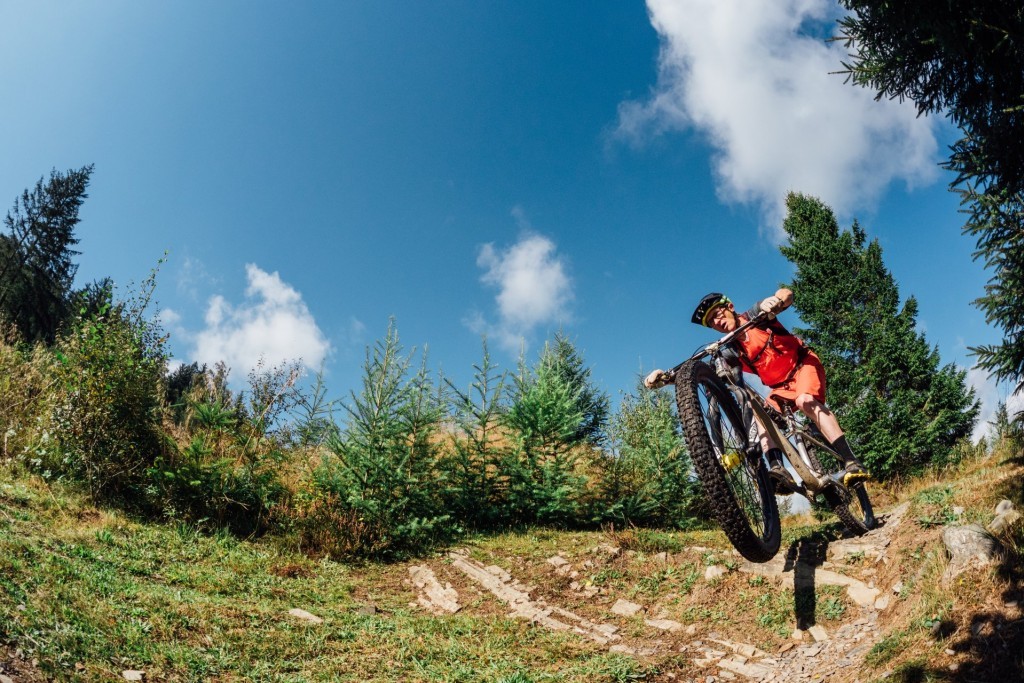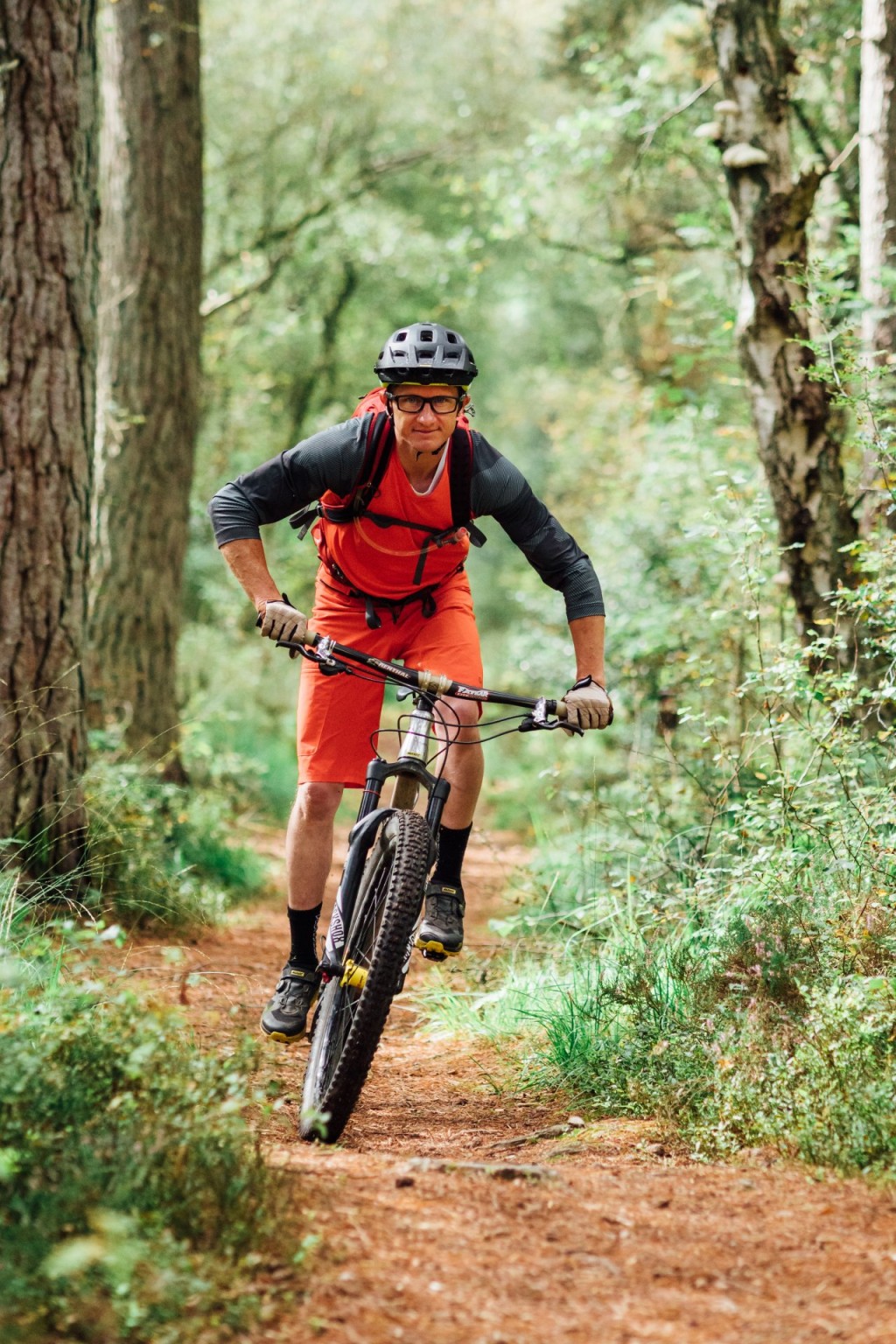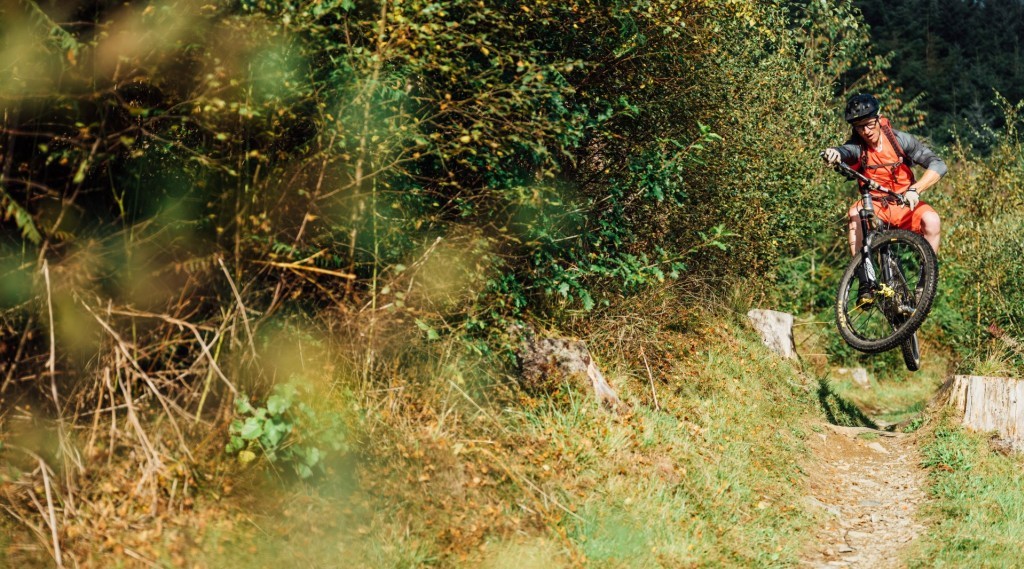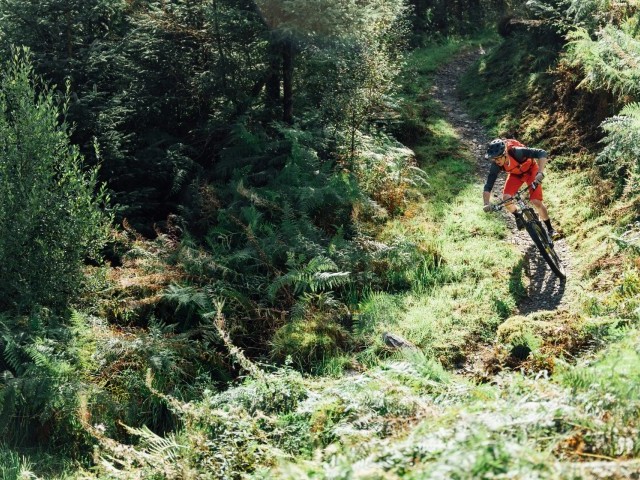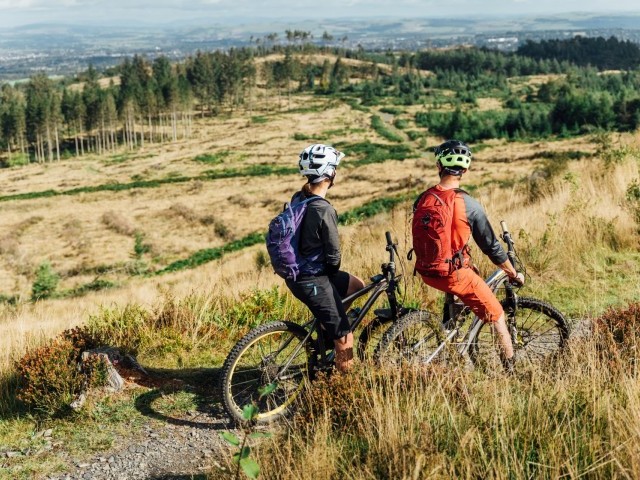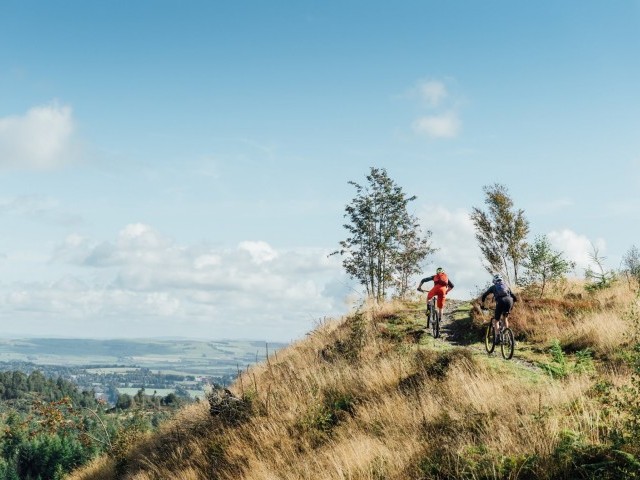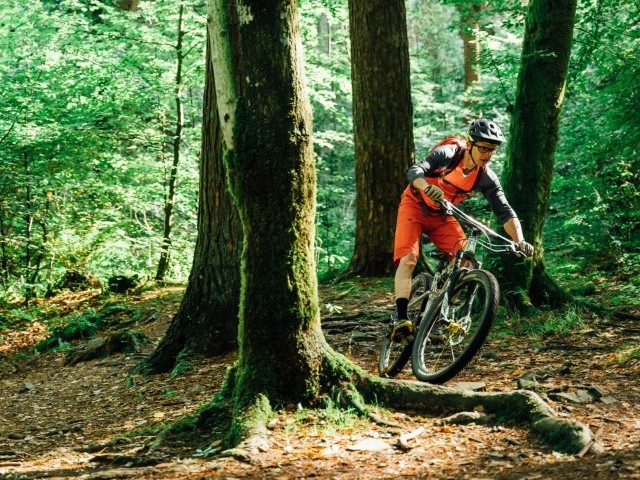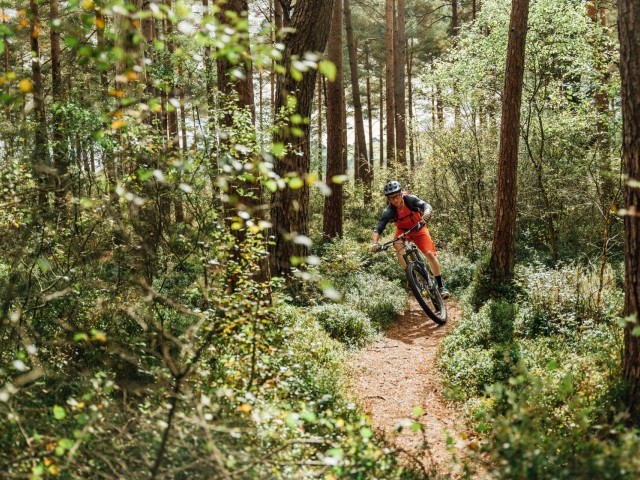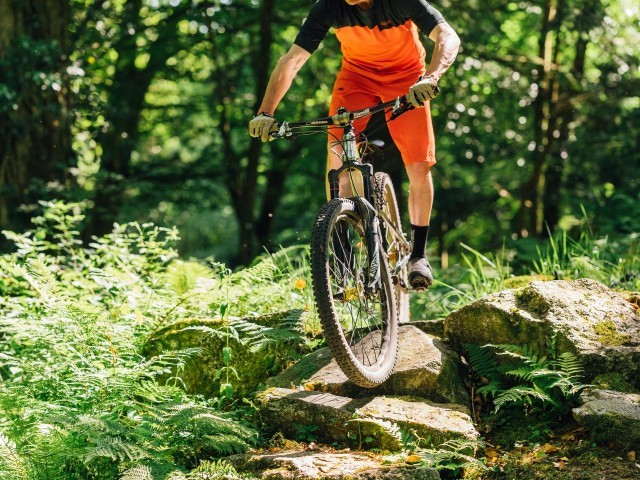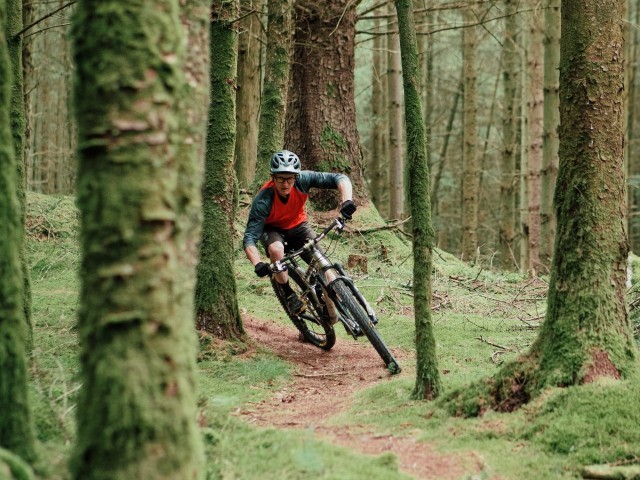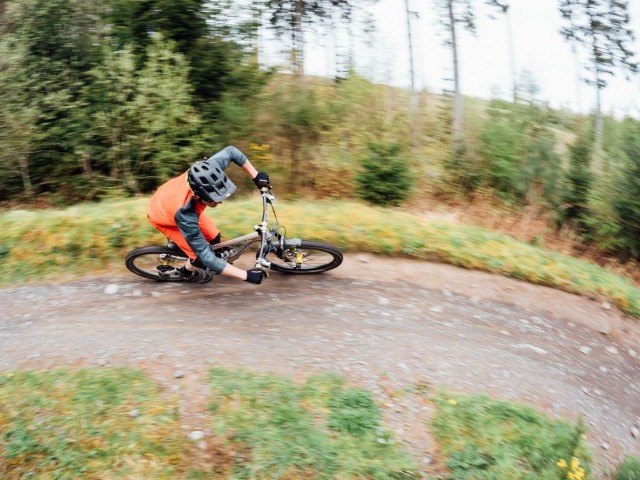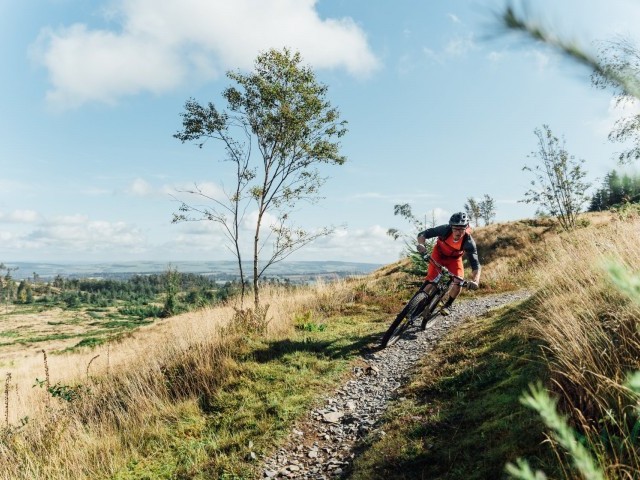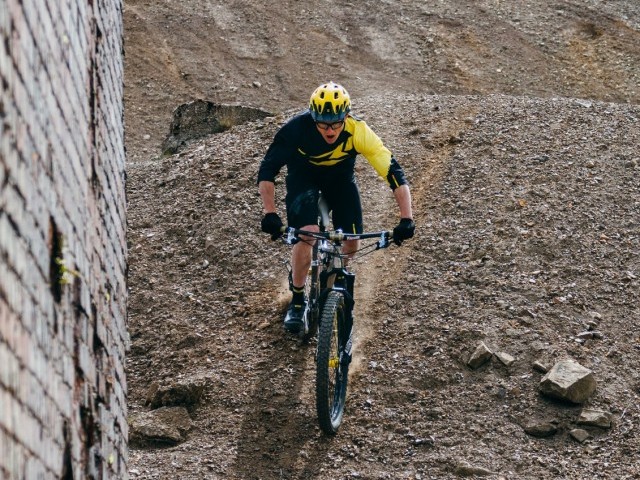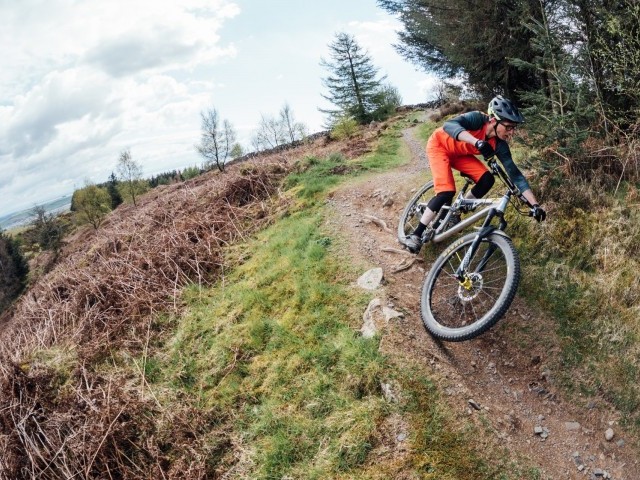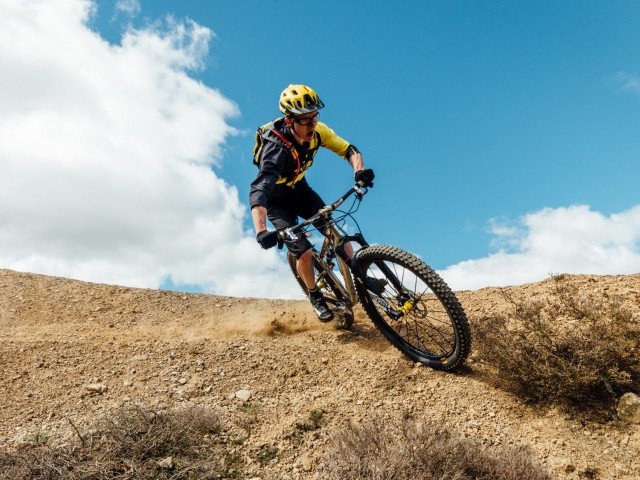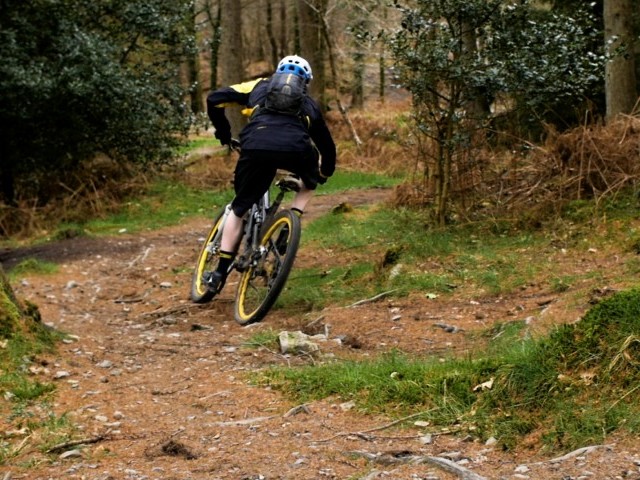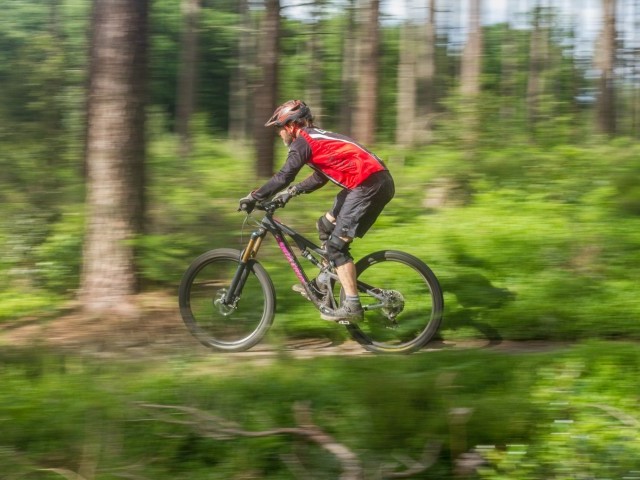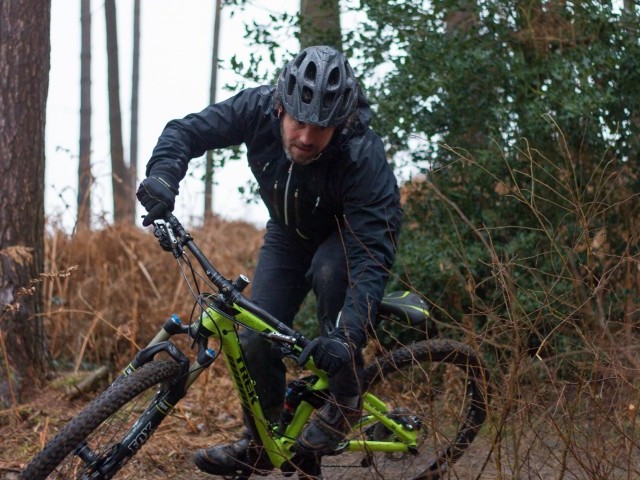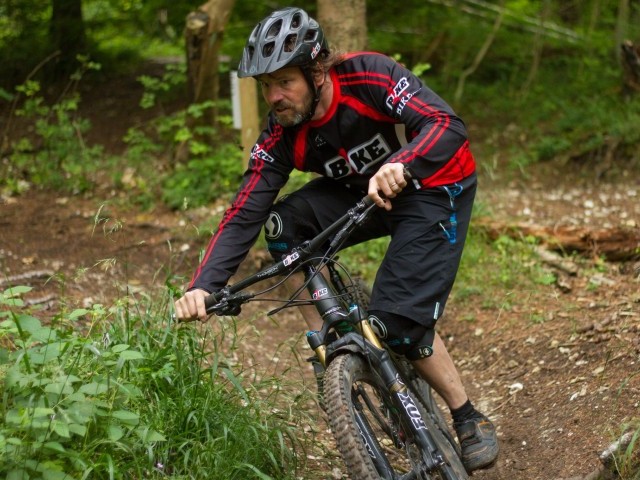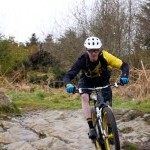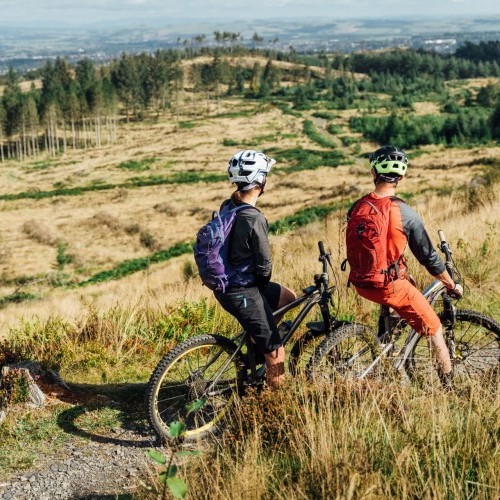
Just get over it
Technique / Psychological
Be bold and live life beyond the crest
There is a famous saying in the climbing world, there are old climbers and bold climbers, but there are no old bold climbers. On one hand, this doesn’t apply to mountain biking but on the other, it may apply to some. if you arrived late into the sports or reached a point where you feel you can no longer progress (or struggle with up-and-over features) then read on. We all start out at various ages on our riding journey, some of us have been fortunate enough to progress our bouncing around on bikes since childhood but many of you would have come to the sport in your latter years. This doesn't mean that you can’t progress your riding through physical fitness and technique, it may however mean that you are not prepared to take on the greater risks for the rewards, or simply that you no longer have the time, patience and self-belief, you simply get frustrated and throw in the towel to soon.
Polishing a skill or starting out from scratch and developing a new skill does and will take time, yes we can fast track you through the early shin bashing mistakes and inevitable stall out or gear grinder, but ultimately the responsibility lies with you to invest in yourself with time and energy spent on the bike, session skill drills and sections of trail, as I remember my mother telling me as a child, patience is virtuous. I guarantee you will see large leaps in progression when you're starting out, the pieces start to fit into place even though the technique may not be as fluid as you would like, but then comes the hard part. As you try to make a skill and technique more fluid, more consistent and available to you on-demand in technical terrain. This is where it is time to take a reality check, there is no need to get frustrated and throw in the towel. Let me give you an example so you can re-scale your thinking on the words nagging you in your own head, you know the ones, the screams of ’why can't I do it? What do I do with my body? When's the pub open?
An old riding buddy and close friend of mine has a genuinely talented 10-year-old on his hands, when I've had the opportunity to ride with him there is so much that reminds me of my young self, the constant again! again! again! approach and non-stop world of bike that he lives in is a place where I’ve been fortunate enough to come from. He is at a wonderful age where his brain is a large sponge absorbing everything around him that either he is watching or feeling on the bike. He is in a wonderful time of life with few cares in the world, other than the important things like how to cut a rut through repeated cornering on Dads lovely lawn, and how can I whip the back end round as I jump from my kicker ramp? He has the freedom in his castle in the sky to process and deliver. Yes, he will hit mental roadblocks but, the young care-free creative mind will solve the problem and overcome them, all thanks for the most part to time.
A whole 13 weeks (or 91 days, which is 3 months solid) every year, PLUS Saturday and Sunday where dreary tasks like trying to mow a ploughed field of a lawn don’t come into play are what he has to get RAD on a bike. The point is nothing happens overnight, people aren’t born with it, natural talent being a thing is questionable. Children (and adults) progress simply down to time served. don't ever get over trying but do get over expecting it to come after just a few hundred hours of practice. To keep things in perspective 4 hours a day for 91 days is 364 hours of practice!
So now we are over that let's look at our progression session and turn our attention to a particular type of trail feature that you're likely to encounter, and one that can wreak havoc with your flow through a section. Up-and-over features come in many shapes and sizes, from a simple mound of earth to a pile of rocks or a natural outcrop of bedrock. The common theme between these features is a blind crest and a potential for a stall-out, especially when momentum is lacking. Mistakes are made due to:
Target fixation (Vision - not looking through and beyond the feature)
Speed control (going too fast or too slow)
Poor body position (a multitude of possible wrong)
Poor footwork (trying to pedal over the crest of the feature, failing to navigate pedals/cranks around lumps, bumps and the crest of the feature when there is a tight apex)
I have developed a traffic light system which you can use to help you review your riding and analyse what went wrong. Using the fundamental elements of riding as our guide - (1) Vision - (2) Speed Control - (3) Body Position - (4) Footwork we can establish what went well (green light), what went not so well (amber light) and what was a total cluster F (red lights).
For the less proficient rider, you have to be showing four green lights for you to clear a feature/section of trail, one for each element. The more proficient you become then you can start to get away with the odd amber and even the odd red light, in these situations technique that is ingrained in your muscle memory (and your subconscious), enables you to clean the section, for example, you may have dropped the head neglecting to look through the feature but you did everything right with the speed control, body position and footwork. The 3 common elements that equal a fail for up-and-over features are; vision, speed control and footwork (which can impact body position). Mistakes are made when we neglect to look through and over the feature, or we are going to slow (or too fast) and the timing of our pedal stroke coincides with the crank arms being in the vertical at the crest of the feature (if body position is really good at this point and the bike is lent away from the side of the low pedal then sometimes you can get away with this).
The features - Look before you dive in.
Up–and–over features come in all shapes and sizes, typically the type of thing I’m talking about here is a feature that is sizeable enough it hides the trial on the other side, the trail only comes into sight as you either start to roll up the feature or you are cresting the feature. Features that are shallow in the gradient and longer from base to the apex are typically less problematic, it is the feature that is steeper and higher to the apex that is more difficult to deal with. Likewise, features that are steep with a tight apex and the trail moves from left to right (or right to left) are also a greater challenge, it is these features where any mistakes will punish even very proficient riders.
If you're familiar with the trial and you know what is on the other side then crack on. If you are approaching the feature for the first time and you are unsure what happens on the other side then it is advisable for you to come to a stop and scope out the section before attempting to ride it. Once you have assessed the feature you will need to reset your approach, a suitable run-up is required, I typically head back up the trail for a good 10 to 20 m. Your speed control needs to be dialled in a few metres before the feature (take note that at this point you are in a strong position by coming in too fast rather than too slow), it is so much easier to scrub speed using the brakes rather than trying to peddle up-and-over the feature, in fact, we need to have the cranks level as we crest the feature.
Entering the feature with good speed you need to be standing tall and proud in the neutral stance (sometimes called the ready or attack position) spot your line and allow the bike to come up into the body. If the transition onto the feature is very tight you may need to do some unweighting and even pop a small manual. As the bar rises up towards the body keep your head up and spot the trail on the other side, push the bar forward and over the top of the crest using the legs to help lift the bike up into the body as you crest the feature. Keep looking ahead up the trail! If there is a sizeable drop on the far side of the feature you may be looking down the gradient at the trail below you, to avoid stalling in the compression ahead keep your chin up and look up through the trial. Allow the arms to extend as the front wheel drops down the far side of the feature, you may have to deal with some steering input if the trail moves from left to right (or vice versa) and there may be undulations that need absorbing. As the rear wheel crest the apex you will need to bring the legs into play, this will help to prevent the rear wheel from lifting in the air and sending you OTB (over the bar), pressed down into the back slope for added speed and pump the downslope transition.
The more technical shapes that have lots of interference (roots, rocks, lumps and bumps below) and more movement with tight transitions and apex may require correction hops. If interference from below really kills the speed then the bike can be lunged below you and thrust over the crest. You will have read in previous features about the decelerating and accelerating of the bike below you, in these situations it is the trail and the upslope that decelerates the bike and therefore you need to accelerate the bike over the top of the feature, interference on the downslope transition may also require you to thrust the bike forwards as you roll down through the transition, in fact, all 3 parts of the feature (the transition into the upslope–the crest–the transition into the downslope) may require additional oomph for you to get the bike through. Whatever the shape below you the big saving grace always is looking, you need a can-do attitude and the four C’s of Control, Confidence, Commitment and Continued focus and application of the technique to master awkward up-and-over features. We will take a close look at these and give you more insight in one of our up-and-coming videos, so stay tuned, ride on and enjoy the changing of the seasons until we are back with some more progression sessions.
This technique article was in Issue 67 of IMB.
Related
By Clive Forth
Clive Forth is a rider who has been there, done that, got the t-shirt and cleaned his bike with it. He has grown with the UK scene and technological developments for the last 30 years and has competed at all levels in all disciplines riding for some prestigious brands along the way. Always looking for that extra edge with endless passion and drive he is geared up to bring you the inside line on all aspects of mountain biking skills and technique.



